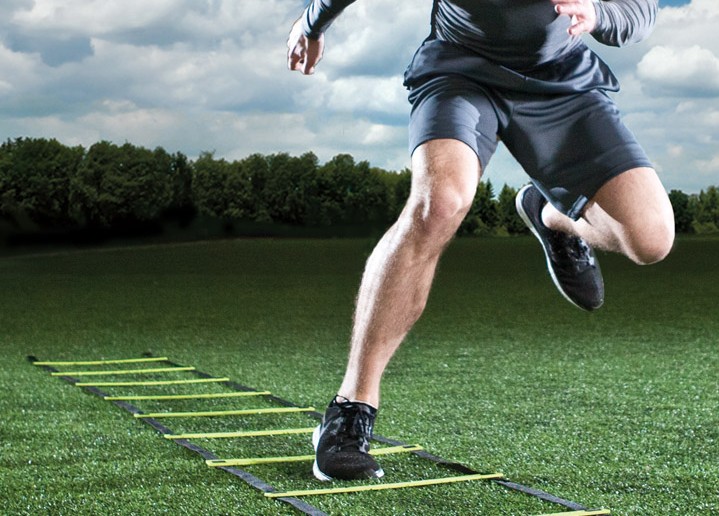Running drills have been around for a long time now. It’s the kind of thing that appeals to a certain type of coach, the ones that are looking for the magic exercise to fix performance. I remember getting into a heated discussion with a jumps coach at the Australian track and field coach’s congress a few years ago about this.
The idea behind these drills is to break down a complicated movement skill into its components and to develop those components. It is a mainstay in a lot of training. What is unclear is whether it is effective.
Azevedo et al, in the Journal of Strength and Conditioning Research, investigated this. The authors studied recreational runners. The runners performed a 15 week interval training program. The runners were divided into two groups; one just did the interval training. One added running exercises to their program.
The interval training consisted of 6-16 100-600 meter intervals run at the highest speed they could maintain for two minutes, followed by 200-600 meters of jogging. Training was done three times a week. The running drills were skipping, single leg hop, sprinting at maximal speed, heel to hips (knees pointed down), and bounding. Subjects performed 2×50 meters of each drill at every training session.
Results:
- At the end of 15 weeks, running speeds increased in both groups.
- There was no difference between the groups in terms of speed increases.
- The running drill group saw a greater increase in ground reaction forces and flight time than the non-drill group.
After 15 weeks, the running drills did not impact running performance as measured by speed. This brings into question whether or not these tools need a great deal of emphasis in a program. Originally, these drills were developed so that athletes in cold-weather climates could practice the sprinting motion indoors (like in a school hallway). In addition, these drills are great for developing movement-specific strength/power/endurance and movement-specific posture. But, they are not a substitute for actually sprinting.
These drills are great warm-up exercises, they are great rehab exercises, and they are great for the purposes for which they were originally intended. But they are not great tools for the improvement of speed. In other words, if athletes want to get better at running fast – they need to practice running fast.
Azevedo, A.P.S., Mezencio, B., Valvassori. R., Anjos, F.O.M., Barbanti, V.J., Amadio, A.C., and Serrao, J.C. (2015). Usage of running drills in an interval training program: Implications related to biomechanical parameters of running. Journal of Strength and Conditioning Research, 29(7), 1796-1802.



